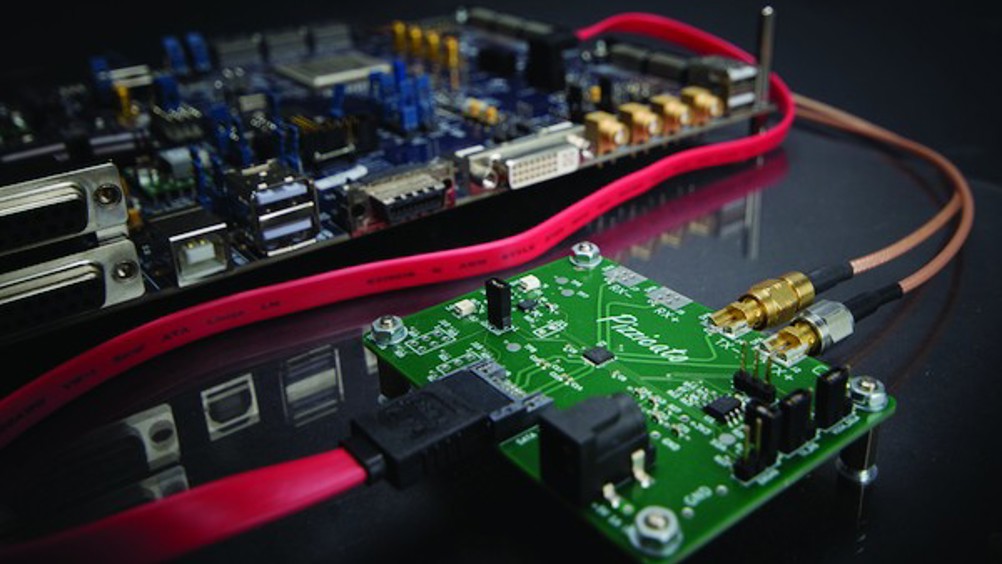Cambridge Consultants reveal world’s first all-digital radio transmitter
The world’s first fully digital radio transmitter has been developed by Cambridge Consultants, paving the way for 5G high-speed broadband for mobile devices.

Unlike software-defined radio (SDR), the breakthrough – named Pizzicato – is not a mixture of analogue and digital components but is completely digital, which can enable new ways of using the radio spectrum intelligently.
When transmitting data, only low frequency signals of 1GHz or lower propagate well over distance or through walls, so they are in great demand. Expanding to make use of frequencies of 10GHz and beyond will require techniques such as meshing and beamforming to compensate for the frequencies poor range. However, the analogue parts of radios are becoming an increasing bottleneck in allowing this.
“Crowding 50 analogue radios together on one chip, switching their operational parameters every few microseconds and expecting them to work at 60GHz is an analogue designers nightmare,” said Monty Barlow, director of wireless technology at Cambridge Consultants. “With Pizzicato, we have created a glimpse of future disruptive technology – a radio built purely from computing power.”
Register now to continue reading
Thanks for visiting The Engineer. You’ve now reached your monthly limit of news stories. Register for free to unlock unlimited access to all of our news coverage, as well as premium content including opinion, in-depth features and special reports.
Benefits of registering
-
In-depth insights and coverage of key emerging trends
-
Unrestricted access to special reports throughout the year
-
Daily technology news delivered straight to your inbox










Water Sector Talent Exodus Could Cripple The Sector
Maybe if things are essential for the running of a country and we want to pay a fair price we should be running these utilities on a not for profit...